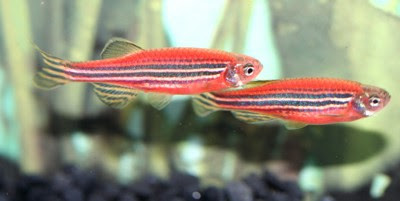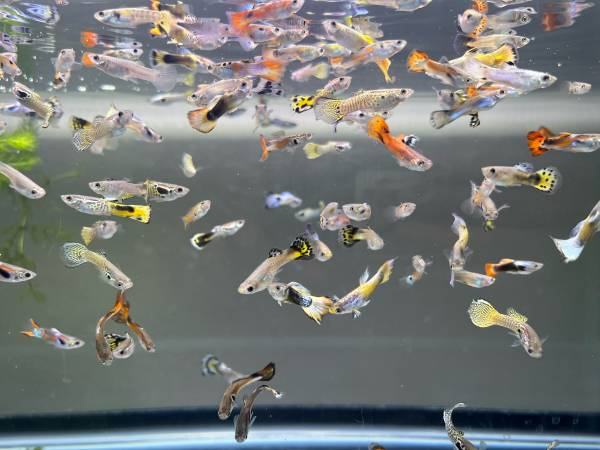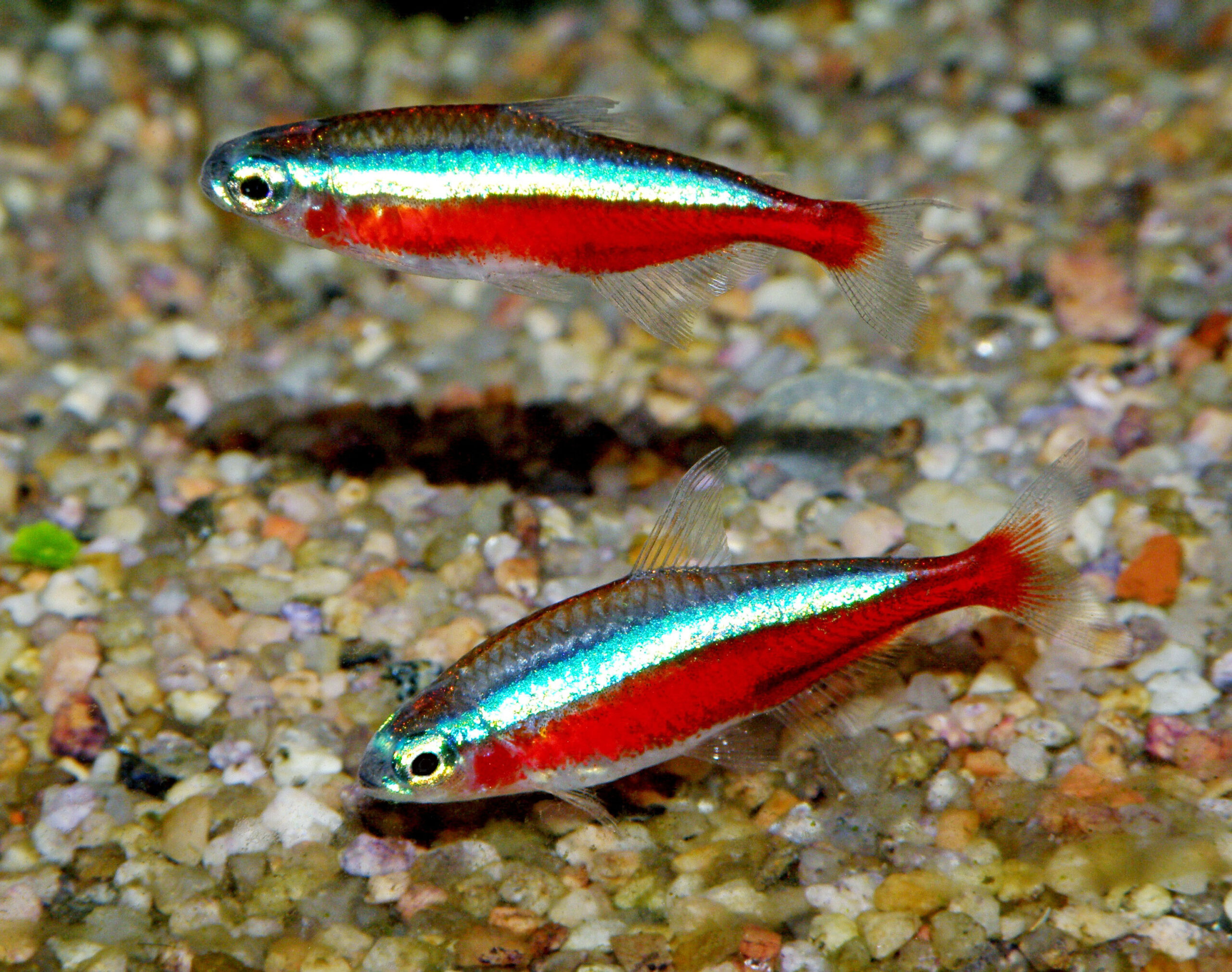Described from the lower rio Tocantins near the city of Cametá, Pará state, northern Brazil and occurs throughout the lower part of that system. Although definitive details are lacking, it’s also thought to range throughout much of the Amazon basin with similar-looking fishes being exported from as far afield as Peru
Mostly inhabits slower-moving sections of rivers and tributaries and apparently often associated with human settlements.
Maximum Standard Length is 600 – 1000 mm; captive specimens measuring towards the upper end of this range are very rare, though the lower figure is certainly attainable.
Prefers dim lighting and access to refuges in the form of driftwood, large rocks or lengths of plastic piping. Juveniles can be kept in planted aquaria but adults are likely to consume or uproot any vegetation. An enormous filtration system and dedicated regime of water changes will also be required and maintenance of high dissolved oxygen levels is mandatory given the species‘ natural habitat and the fact that unlike some relatives it cannot respire atmospheric oxygen.
This species is a generalised detrivore, so offer a varied diet comprising dried, frozen and live foods including sinking tablets, wafers, slices of fruit and vegetables plus meatier fare such as bloodworm, earthworms, prawns, cockles and lancefish. In nature it is reputed to occur close to settlements and feed on human refuse/organic waste at some localities.
Growth may be inhibited if meal size and feeding frequency are insufficient. When purchasing loricariid catfishes, check that the belly and/or eyes do not appear sunken since these are typical signs of malnourishment.




Reviews
There are no reviews yet.